I’ve noticed how a few big tech companies seem to control almost everything we do online, our data, our content, even what shows up in our feeds.
It’s frustrating, right? That’s why I got interested in the idea of a decentralized internet, where people like you and me actually own our data and decide how it’s used.
In this blog, I’ll explain what the decentralized internet is, how it works, and why it matters. We’ll also look at real projects, like IPFS, Ethereum, and Presearch, that are already building this new version of the web.
By the end, you’ll understand how decentralization could change the internet for good and what you can do to be part of it.
What is the Decentralized Internet?
A decentralized internet is a web where many people and devices share control, instead of a few big companies owning everything.
Think of it like this: Right now, your photos on Instagram belong to Meta. Your tweets live on Twitter’s servers. If these companies decide to shut down tomorrow, everything disappears.
With a decentralized internet, you’d own your content. You’d control your data. No single company could delete your stuff or sell your information without permission.
The Problems With Today’s Internet
Here’s what happens when a few companies control everything:
| Problem | What It Means for You | Real Example |
|---|---|---|
| Security Risks | Your data sits in one place, a perfect target for hackers | Cambridge Analytica stole 87 million Facebook profiles in 2018 |
| No Real Choice | Big companies eliminate competition and force their rules on you | Amazon and Microsoft control 58% of all cloud services |
| Data Theft | Companies own your personal information and sell it without asking | Facebook sells your browsing habits to advertisers |
| Censorship | Platforms decide what you can and cannot say | YouTube restricts content, blocking 28.5 million users from certain videos |
The decentralized internet aims to fix all of these problems.
How the Internet Evolved And Where It’s Going
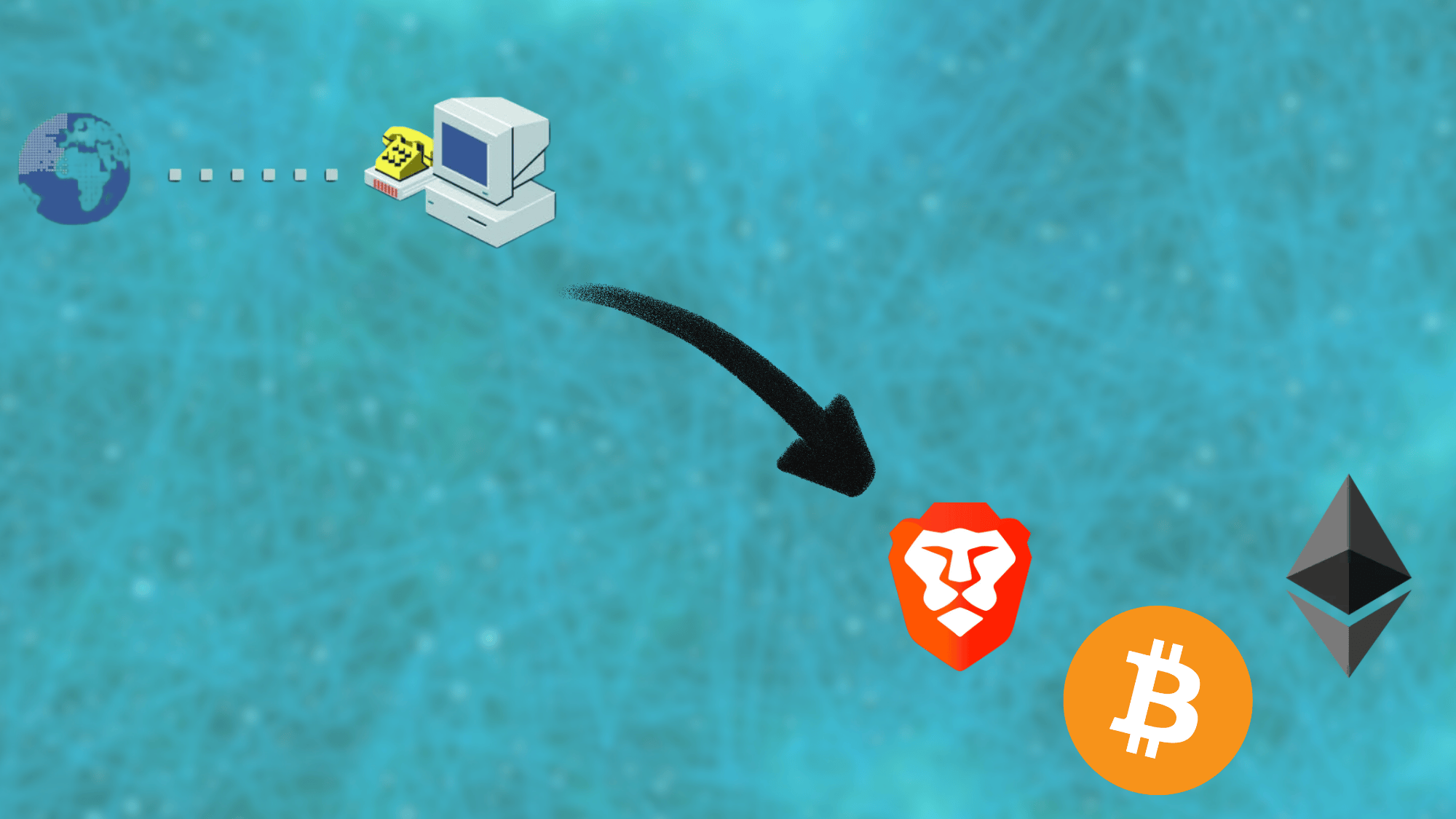
Understanding where we’re headed means knowing where we’ve been:
Web 1.0: The Early Days (1991-2004)
Remember those basic websites from the ’90s? That was Web 1.0:
- Mostly static pages with simple text and images.
- You could read information, but not interact much.
- People posted directly to each other (peer-to-peer).
- No Facebook, no Twitter—just simple websites and forums.
- Actually, more decentralized than today’s internet.
Web 2.0: The Social Era (2004-Now)
This is the internet you know today:
- Social media platforms are everywhere (Facebook, Instagram, TikTok).
- You can post, comment, and share instantly.
- But here’s the catch: everything goes through big companies.
- These platforms own your content and data.
- You need accounts and must follow their rules.
The big shift: Web 2.0 turned the internet into “gated communities.” You can’t use Facebook without a Facebook account. You can’t watch YouTube without Google knowing.
Web 3.0: The Decentralized Future (2009-Present)
We’re living through this transition right now:
- Users own their data and content.
- No single company controls the platform.
- Peer-to-peer connections between people.
- Blockchain technology enables true ownership.
- Smart contracts run automatically without middlemen.
Web 3.0 started gaining real traction when Bitcoin introduced blockchain in 2009. Now, hundreds of projects are building this new internet.
How Decentralized Internet Differs from Centralized Internet?
Picture the traditional internet like a pizza delivery system. You (the user) call one central restaurant (a server), and they deliver your pizza (data). If that restaurant closes or gets hacked, you’re out of luck.
The decentralized internet works more like a potluck dinner. Everyone brings something to share. The food (data) doesn’t come from one kitchen but from many contributors. If someone leaves, the party continues.
| Centralized Internet | Decentralized Internet |
|---|---|
| Companies own your data | You own your data |
| Single points of failure | Distributed across networks |
| Easy to censor or control | Resistant to censorship |
| Privacy depends on trust | Privacy is built into the design |
| Data stored in the company’s servers | Data stored across peer networks |
Technologies making this possible include blockchain, content-addressing (finding data by what it is, not where it lives), and distributed storage systems.
Real-World Projects Building the Decentralized Internet
Here’s where things get exciting. These aren’t just ideas; they’re working projects you can use today.
1. InterPlanetary File System (IPFS)
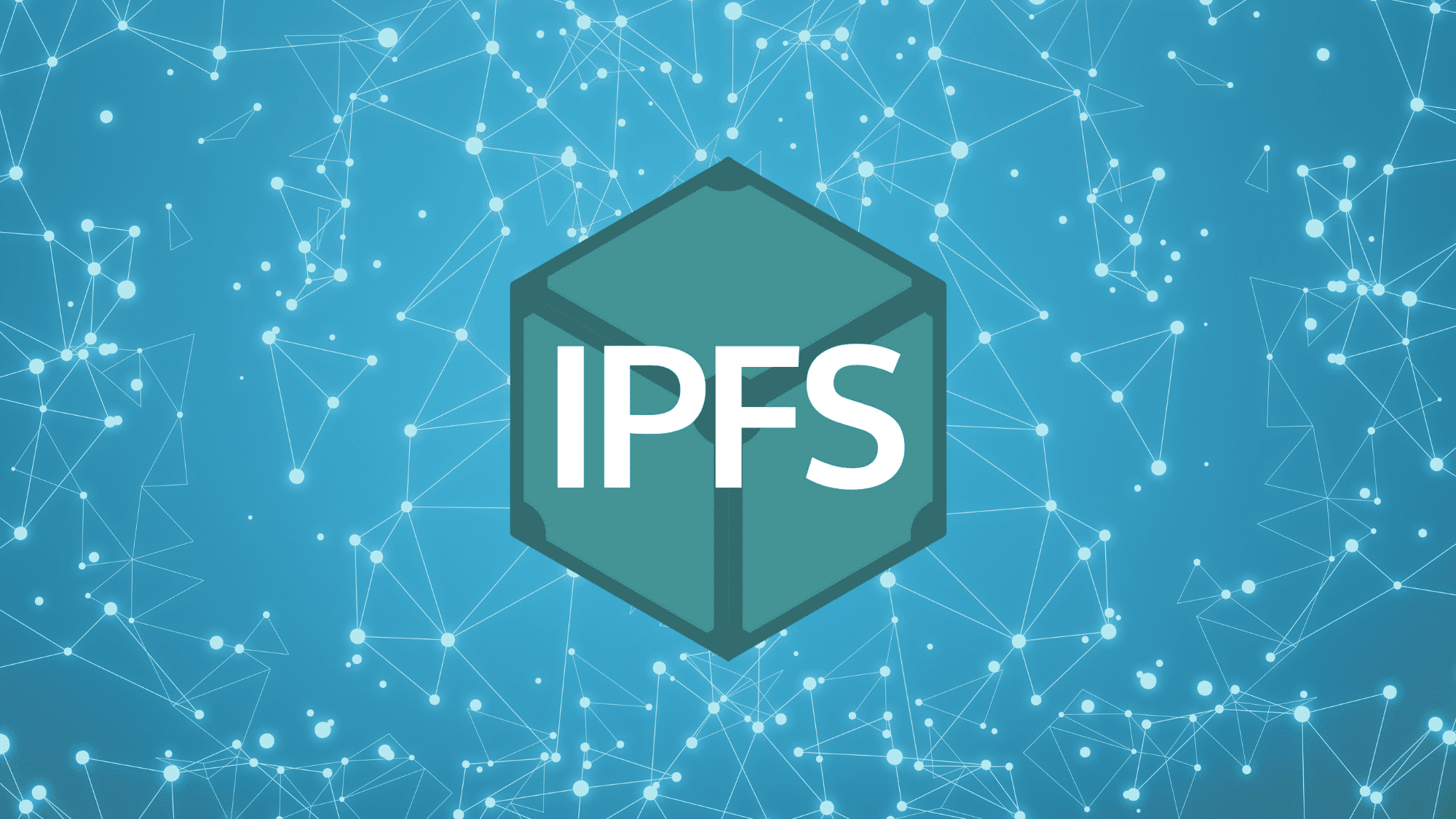
IPFS changes how we think about web addresses. Today, when you visit a website, you type a location (like www.example.com). IPFS finds content based on what it is, not where it’s stored.
Why this matters: Websites can’t disappear. Files get stored permanently across the network. Even if one computer goes offline, the content stays available.
Real uses:
- Decentralized cloud storage that can’t be censored
- Video hosting without YouTube’s control
- Permanent archives of important information
- Fast content delivery without expensive servers
Developers and activists love IPFS because content stays online forever—no company can take it down.
2. Dat Protocol

Built specifically for sharing open data, Dat Protocol shines in scientific research and collaborative projects.
While IPFS focuses on permanent storage, Dat emphasizes version control and live updates. Researchers can share massive datasets and track changes over time.
Publishers experiment with Dat for decentralized websites that update in real-time without central servers.
3. Secure Scuttlebutt (SSB)

This quirky-named protocol creates secure, encrypted social networks that work offline.
SSB lets people build their own social media experience without Facebook’s algorithms deciding what they see. Messages sync directly between friends’ devices. No company reads your conversations or sells your attention to advertisers.
Developers even use SSB for decentralized Git collaboration, similar to how GitHub works without GitHub.
4. Blockchain Networks
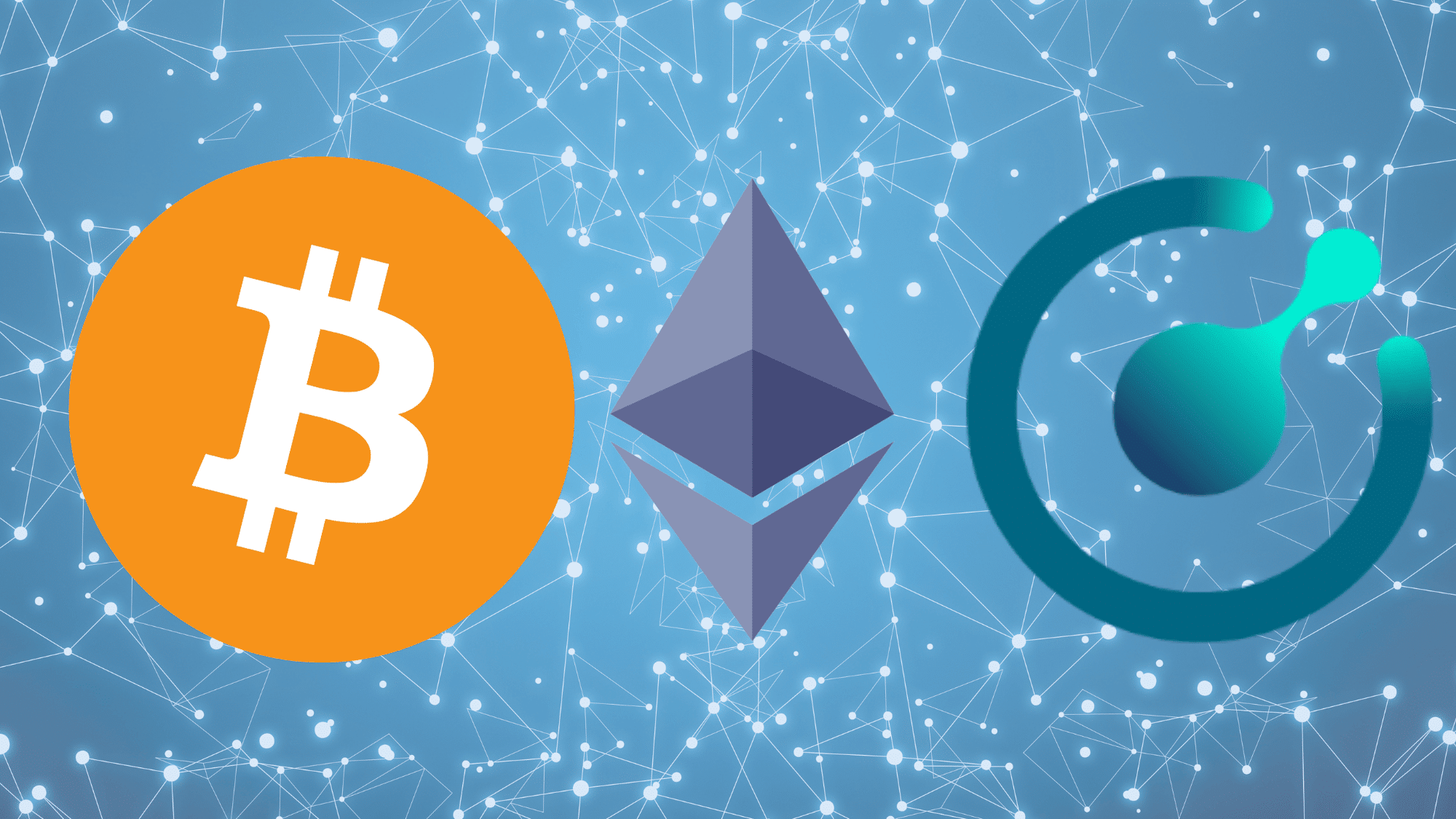
Bitcoin started the revolution in 2009 as the first truly decentralized system. It proved strangers could agree on transactions without banks or governments, using something called Proof of Work.
Ethereum took things further by enabling smart contracts, programs that run exactly as written, with no possibility of downtime, censorship, or fraud. This opened the door for decentralized applications (dApps).
Komodo improved scalability with simplified payment verification technology, making decentralized transactions faster and more practical for everyday use.
These blockchains don’t just move money; they’re building the infrastructure for the entire decentralized web.
5. Social Media and dApps
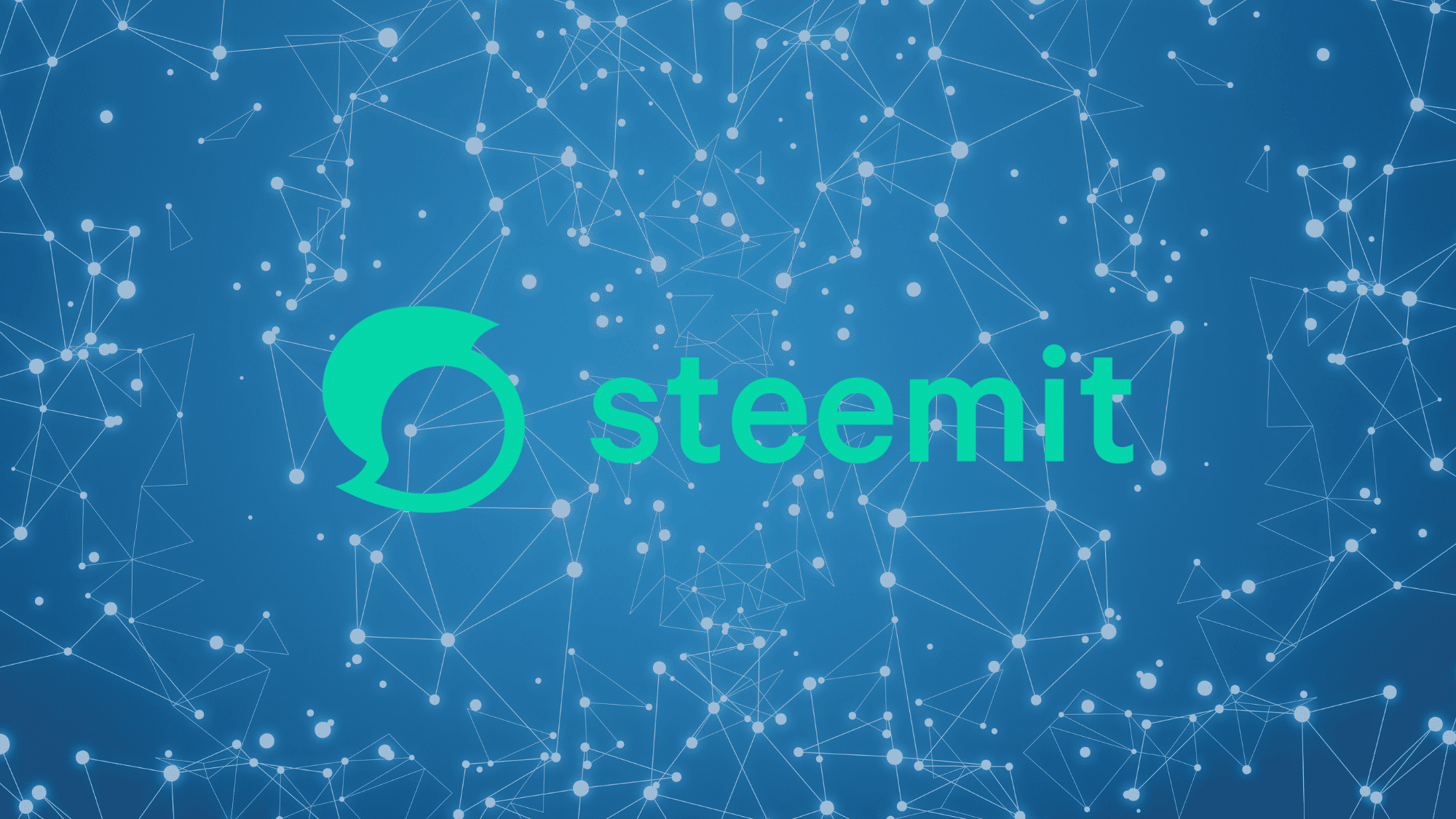
Tired of Facebook selling your data? These platforms flip the script:
Steemit pays users in cryptocurrency for creating and curating content. Your posts, your rewards, not Mark Zuckerberg’s.
The difference is fundamental:
| Traditional Social Media | Decentralized Social Platforms |
|---|---|
| The platform owns your content | You own your content |
| The company profits from your data | You earn from your contributions |
| Can delete or shadow-ban anytime | Censorship-resistant |
| Algorithms control what you see | You control your experience |
6. Decentralized Search and Browsing
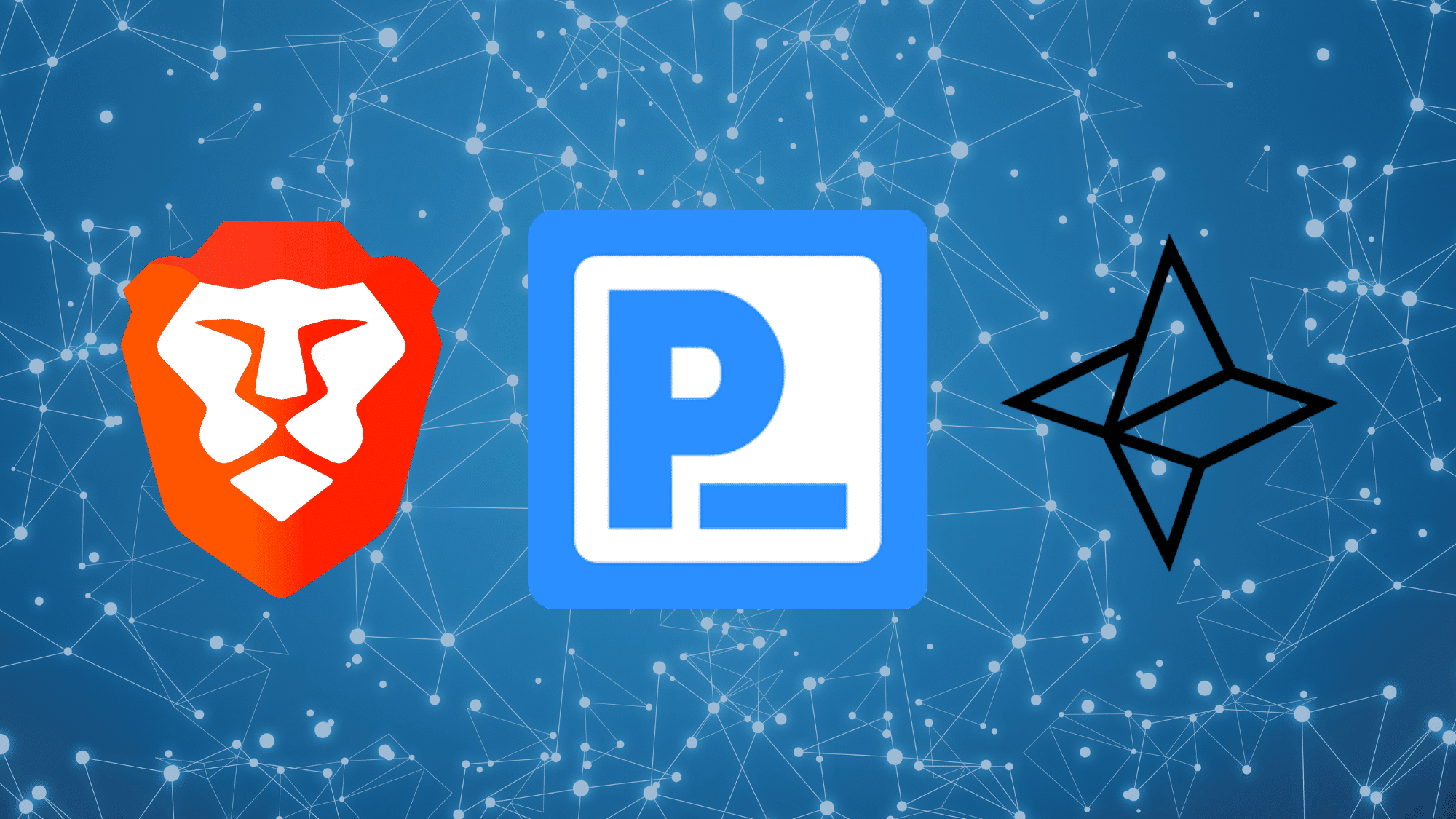
Ever notice how Google search results seem convenient for Google? Search engines can manipulate what we see and track every query.
Presearch, and Nebulas offer alternatives without the tracking or ranking bias. Your searches stay private. Results come from the community, not corporate algorithms.
Brave browser blocks ads and trackers by default while letting users earn cryptocurrency for viewing privacy-respecting ads. It’s like getting paid for your attention instead of having it stolen.
7. Decentralized Exchanges (DEXs)
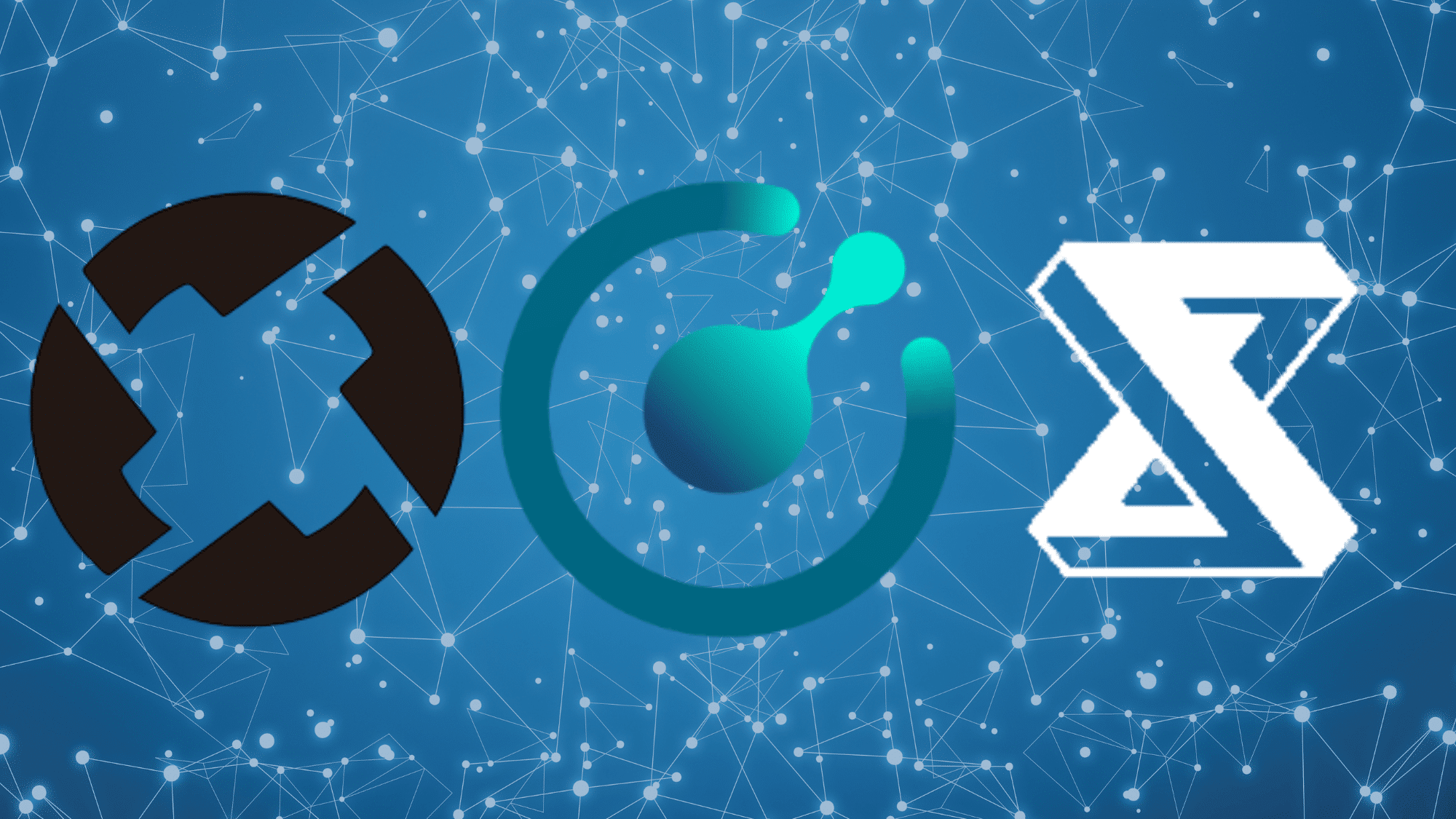
Traditional cryptocurrency exchanges hold your coins, which means they can get hacked, frozen, or seized.
IDEX, 0x, and Komodo Wallet let people trade directly with each other. Your coins stay in your control until the exact moment you trade.
The Security Difference:
- Centralized exchanges: one big honeypot for hackers
- Decentralized exchanges: nothing to hack because users control their own assets
Major Web 2.0 Platforms Exploring Decentralization
Even the giants see the writing on the wall.
Twitter’s Blue Sky Project aims to create open-source, decentralized social media protocols. Jack Dorsey, Twitter’s founder, admitted that centralized platforms create too many problems.
Blue Sky explores standards that would let different social networks communicate, kind of like how email works across Gmail, Yahoo, and Outlook.
YouTube’s content bias problem has creators looking for alternatives. Theta Network offers decentralized video delivery where viewers share bandwidth and earn rewards. No single company decides what videos get promoted or demonetized.
The Cambridge Analytica scandal taught us what happens when one company controls too much data. Facebook’s centralized model allowed 87 million people’s data to be harvested and weaponized.
Decentralization prevents this by design; there’s no central database to exploit.
Benefits and Challenges of a Decentralized Internet
The decentralized internet offers exciting possibilities and real obstacles, understanding both its benefits and challenges helps us see what’s needed to make this vision a reality.
Pros of a Decentralized Internet
The decentralized internet brings a range of advantages that could redefine how we interact online, offering users more control, security, and independence than ever before.
- Data ownership and privacy: Your information stays yours. Companies can’t sell what they don’t have.
- Greater security and resilience: No single target for hackers. If part of the network goes down, the rest keeps running.
- Freedom from censorship: No government or company can easily shut down content distributed across thousands of computers worldwide.
- Improved transparency: Open-source code means anyone can verify how systems work. No hidden algorithms or secret data collection.
Cons of a Decentralized Internet
While the vision sounds promising, decentralization still faces real-world obstacles that make widespread adoption difficult—especially for users accustomed to the convenience of centralized platforms.
- Scalability challenges: Decentralized systems often run slower than centralized ones. Syncing across thousands of nodes takes time.
- User adoption barriers: Let’s be honest, most people struggle with passwords. Managing cryptographic keys and understanding peer-to-peer networks? That’s a steep learning curve.
- Technical complexity: Setting up decentralized apps isn’t as simple as clicking “Sign Up with Google.” Developers are working on this, but we’re not there yet.
- Transition friction: Billions of people use Facebook, YouTube, and Google. Getting them to switch requires more than better technology—it requires changing habits.
Can Today’s Web Become Fully Decentralized?
Here’s the million-dollar question: Could Facebook, YouTube, and Google actually decentralize?
Technically? Maybe. Realistically? It’s complicated.
These companies built entire business models on controlling user data. Asking them to decentralize is like asking oil companies to abandon oil—their profits depend on centralization.
What needs to change:
- User behavior: People must value privacy enough to try new platforms
- Business models: Companies need ways to profit without selling data
- Government policy: Regulations could push or prevent decentralization
- Technology: Decentralized systems must become as easy as centralized ones
The likely future? A hybrid model. Some services will decentralize, especially where privacy and censorship-resistance matter most. Others will stay centralized because convenience wins for many users.
Think of it like transportation. Cars didn’t replace walking—we use both depending on the situation.
Future of the Decentralized Internet
Where is all this heading? Decentralized identity will let us prove who we are without trusting Facebook or Google. One identity works everywhere, controlled entirely by us.
AI-driven distributed systems will make decentralized networks smarter and faster, learning to route data efficiently without central coordination.
Quantum internet prospects sound like science fiction, but could revolutionize secure communication through the principles of quantum mechanics.
The bigger picture? We’re returning to the internet’s original vision, a network owned by everyone and controlled by no one. It is open, secure, and built for people rather than profit.
This isn’t about destroying what exists but about creating better alternatives.
Taking Back the Web by Decentralizing the Internet
Decentralization promises a fairer digital future where users, not corporations, control their online lives. Projects like IPFS, Ethereum, Presearch, and dozens more are proving it’s possible.
This revolution needs more than technology. It needs people who care enough to try something different. Those who value privacy over convenience.
What Can You Do?
- Support open-source, privacy-first technologies
- Try decentralized alternatives to the apps you use
- Learn about blockchain and peer-to-peer systems
- Spread the word about why decentralization matters
The decentralized internet isn’t coming, it’s already here. The question is whether enough of us will choose it.
Summing It Up
As I look at how the internet is changing, I really believe decentralization gives us a chance to take control of our online lives again.
It’s not just about privacy, it’s about freedom, fairness, and ownership of what’s ours. Yes, it’s still early and not perfect, but that’s how every great shift begins.
The more we learn and use decentralized platforms, the faster this new internet can grow.
Ready to be part of the change? Try one decentralized app today and see what the future of the web feels like.

